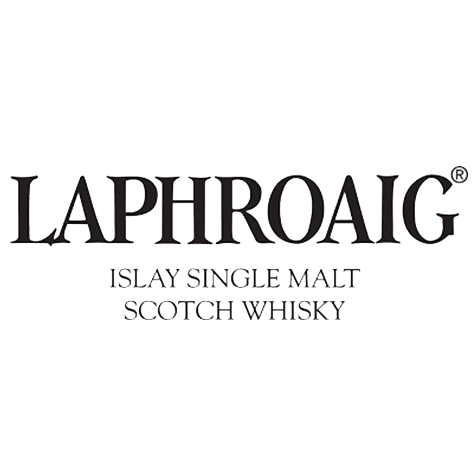
Challenged by Nature. Opinions Welcome.
Part of the triumvirate of heavily-peated southern Islay malts, alongside LVMH's Ardbeg and Diageo's Lagavulin, Laphroaig was founded in 1810 by brothers Alexander and Donald Johnston (although the official year of start-up is given as 1815 on the company's labels and literature). The histories of Lagavulin and Laphroaig have been closely tied together, with Lagavulin said to have been founded by Alex and Donald's father, John. They were both called Johnston, you see. People talk.
Anyway, Donald Johnston bought his brother Alexander out of Laphroaig in 1836, before falling into a vat of boiling whisky by-products in 1847. Lagavulin's Walter Graham then leased Laphroaig and ran both distilleries until the young Dugald Johnston (Donald Johnston's son, do keep up) was ready to take over Laphroaig.
However, a generation or so later, around the end of the 19th Century, the two distilleries got into an unseemly and very litigious scrap after Laphroaig tried to get out of an existing agency agreement to sell their whisky to Lagavulin for the latter's blends (which included White Horse, invented in 1890 by Lagavulin's then-owner Peter Mackie). This resulted in a string of court cases.
After the agency had finally run out in 1907, and with Laphroaig refusing to renew it, Lagavulin got the hump and blocked off Laphroaig's water supply, necessitating another return to court to sort out the rights. Laphroaig won this round, only for Lagavulin to pinch their distillery manager the following year and set about trying to create copies of Laphroaig's stills in a bid to make a spirit that would taste exactly like Laphroaig.
Fortunately, this attempt was not successful and today relations betweeen the two great distilleries are rather more cordial.
During the prohibition period in the US (1920-1933), the ingenious Johnston descendant Ian Hunter managed to persuade the authorities that Laphroaig was notreally whisky, and was allowed to sellit in the US under the label of 'Medicinal Spirit' -presumably because of its iodiney character and the belief of a naive Customs official that no-one would drink such a powerfully-flavoured beverage for pleasure.
Laphroaig stayed in the Johnston family until 1954, when Ian Hunter died and left it to his secretary Bessie Williamson. Revered in Islay legend, Bessie stayed on the board until her retirement in 1972, by which time capacity had been increased and the distillery had passed into theownership of Schenley International. The company was to change hands several more times in the next thirty years, before being acquired by Fortune Brands (Beam Global) in 2005.
Famously, Laphroaig is Prince Charles's favourite whisky - he awarded the distillery his Royal Warrant in 1994. In the same year, the Friends of Laphroaig group was established, whereby devotees of the malt can register their love and receive in return a square foot of the land that Laphroaig bought to protect their water supply back in the time of the wranglings with Lagavulin. Laphroaig has been the best-selling Islay malt since 2002, and today accounts foraround half of Islay single malt case sales.
Laphroaig